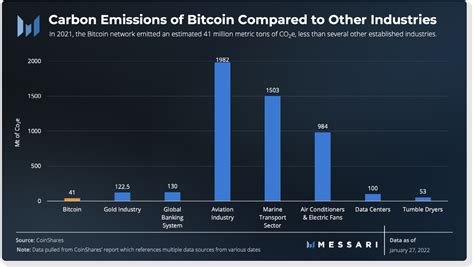The Future of StableCoins: Opportunities and Challenges
In recent years, cryptocurrencies such as Bitcoin (BTC), Ethereum (ETH) and others have gained popularity as alternative currency. However, one aspect that has aroused significant interest is the concept of stablecoin – digital currencies attached to traditional property such as fiat currencies or commodities.
The stablecoins are designed to maintain a stable value compared to the underlying property, ensuring that they can be used with other cryptocurrencies and traditional currencies. This feature makes them attractive to different applications, cross -border payments to the store and even in value stock instruments.
What are the stablecoins?

StableCoin is a kind of cryptocurrency that is tied to another currency or property through algorithmic mechanism. The main goal is to maintain its value against the underlying property by ensuring that it does not vary wildly.
For Example:
- Bitcoin (BTC) is currently tied to gold for $ 10,000 per ounce.
- Tether (USDT), Popular StableCoin, Supports US Dollars and has a fixed 1: 1 ratio with a dollar.
- Dai (Dai), Another StableCoin, also supports the fiat currency and can be used for various financial services.
The Chances of StableCoin
StableCoins Have A Number Of Advantage That Make Them Attractive:
- Clarity of Regulation : Many governments begin to identify the potential of stablecoin in facilitating cross -Border payments and other financial actions.
- * Increased accessibility : StableCoins can provide individuals with a more convenient and effective way to participate in global funding, as they can be used between Borders with minimal conversion costs.
- Reduced volatility : StableCoins Helps relieve price fluctuations, which makes them an attractive alternative to investors looking for stable returns.
Challenges of StableCoin
While StableCoins have the potential to revolutionize the way we think of money, there are also many many challenges:
- Liquidity Risks : Lack of Wide -Legged Adoption and Lower Liquidity Levels compared to other cryptocurrencies may lead to prices for volatility.
- Scalability Problems : Many StableCoin platforms are still struggling with scalability, which can use their use in the transactions of high volumes.
- Uncertainty Regulation : goverments are struggling with stablecoine regulation because they do not in neatly in the existing framework.
rising trends and opportunities
As the stableCoine market continues to grow, many rising trends and opportunities will be clear:
- Cross -Border Charges : StableCoins are studied in their potential for facilitating international trade, money broadcasts and other cross -border transactions.
- ** central bank
- Distributed Financing Applications : StableCoins can be used on Defi Platforms, such as loan and lending services, providing access to traditional financial markets for those who have no access.
Conclusion
In the future of stablecoin, there will be significant potential for growth, scalability and accessibility. Although there are challenges in their development and deployment, the opportunities they present show that this space will continue to grow in the years to come.
When Regulatory Authorities, Decision -Makers and Developers work together to deal with barriers to regulation and technical restrictions, we can expect to see more innovative use of stable in different industries, Changing the way we think about Money, Trade and Global Funding.